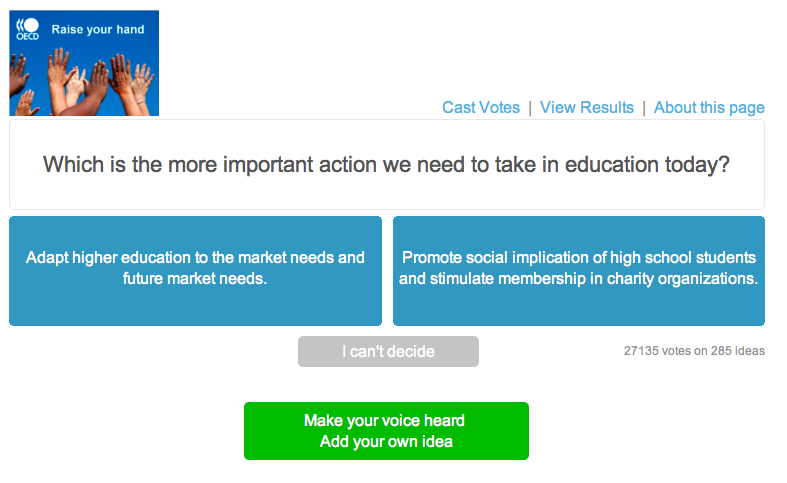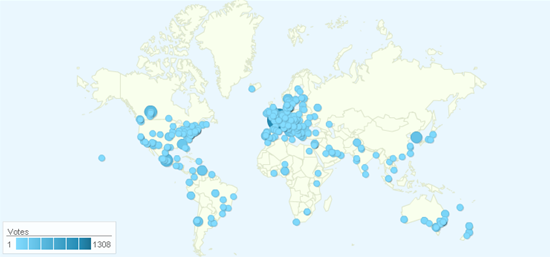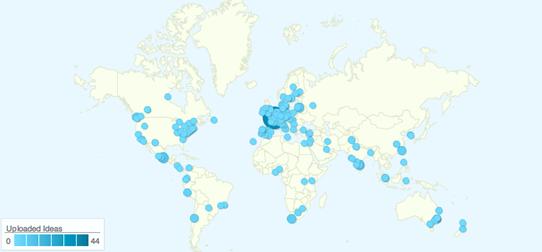The Center for Information Technology Policy (CITP) seeks candidates for positions as visiting faculty members or researchers, or postdoctoral research associates for one year appointments for the 2011-2012 academic year. Please see our website for additional information and requirements at http://citp.princeton.edu/call-for-visitors/.
If you are interested, please submit a CV and cover letter, stating background, intended research, and salary requirements, to jobs.princeton.edu/applicants/Central?quickFind=60250.
Princeton University is an equal opportunity employer and complies with applicable EEO and affirmative action regulations.



